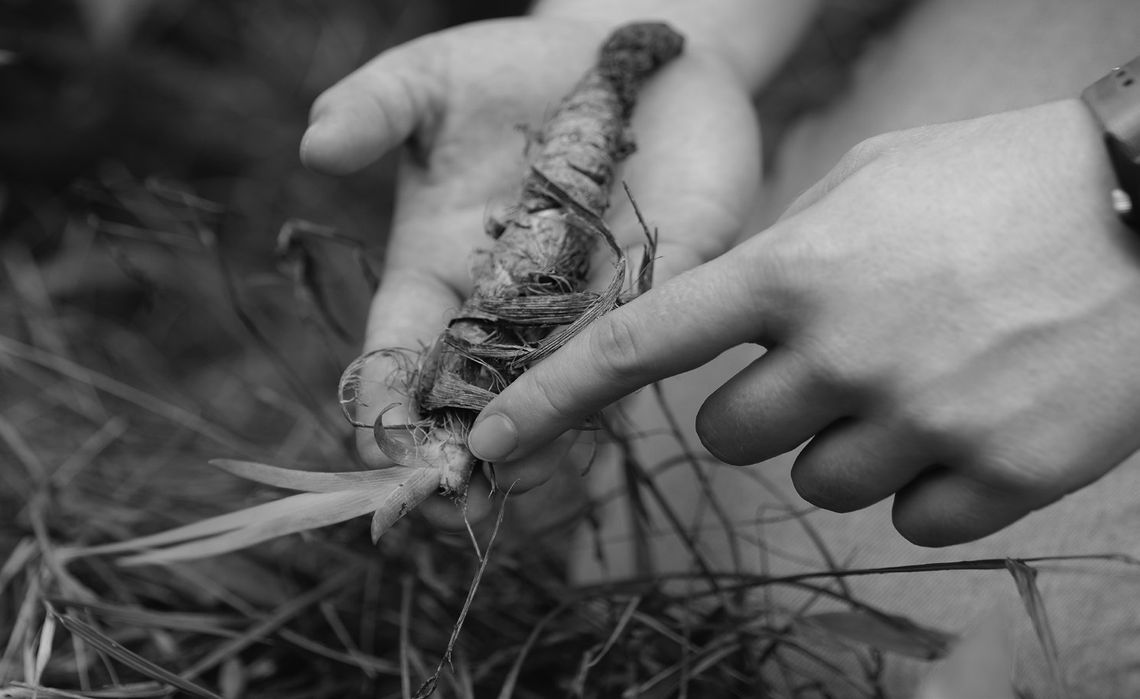Get it growing
Many of the perennial plants in our landscapes are slowing down at this time of year. With fall and winter drawing near, a season of dormancy is approaching for these plants.
Not so for Louisiana irises. They rested up over the summer, and now, they’re gearing up for a period of growth.
Look around outside, and you might find some fresh, green iris blades starting to poke out of the ground. Unlike so many other plants, irises will continue to actively grow throughout the cool season before blooming in the spring.
Right now — while plants are small and just emerging from dormancy — is the perfect time to divide these fantastic native plants.
Why divide irises? Irises have underground, root-like stems called rhizomes that anchor them in place and allow them to spread. New rhizomes shoot out from existing rhizomes as iris clumps grow. These offset, young rhizomes can be severed and used to start new plants.
Division has a few benefits. For one, irises have a tendency to become overcrowded, which can lead to sadlooking plants and fewer flowers. Resetting a bed every few years by removing the older rhizomes and keeping just the younger divisions creates some breathing room and is a good practice.
When you divide your irises, you might end up with more rhizomes than you want to plant back into your bed. Or perhaps you want to put something entirely different in that location. In either of these cases, you can take the rhizomes and plant them somewhere new — or share them with others.
Here’s how to do it Use a shovel or garden fork to carefully dig around irises. Pull the plants out of the ground and look for the smaller, younger rhizomes with leaves growing from their tips.
Break or cut these offsets from the larger, older rhizomes, which aren’t likely to produce much new growth. Some people do find success in cutting these older rhizomes into 2-to-3-inch pieces and potting them up, but propagation results can be quite variable.
Plant your newly divided rhizomes immediately. Whether you return them to the bed where they were, move them to a new area of the garden or plant them in containers for gifting to friends, try to locate the plants in full sun. Irises can tolerate some shade, but they’ll have fewer blooms.
Space rhizomes at least 8 to 10 inches apart. Resist the temptation to pack in plants close together for a full look — if you do, you’ll have to divide the bed again sooner. Plant rhizomes horizontally, making sure the fans of foliage are facing the way you want them to grow.
Cover the rhizomes and roots with soil. You should have only about one-half inch of soil on top of the rhizome. Irises that are planted too deeply won’t bloom well.
You can fertilize irises in October once growth takes off.



